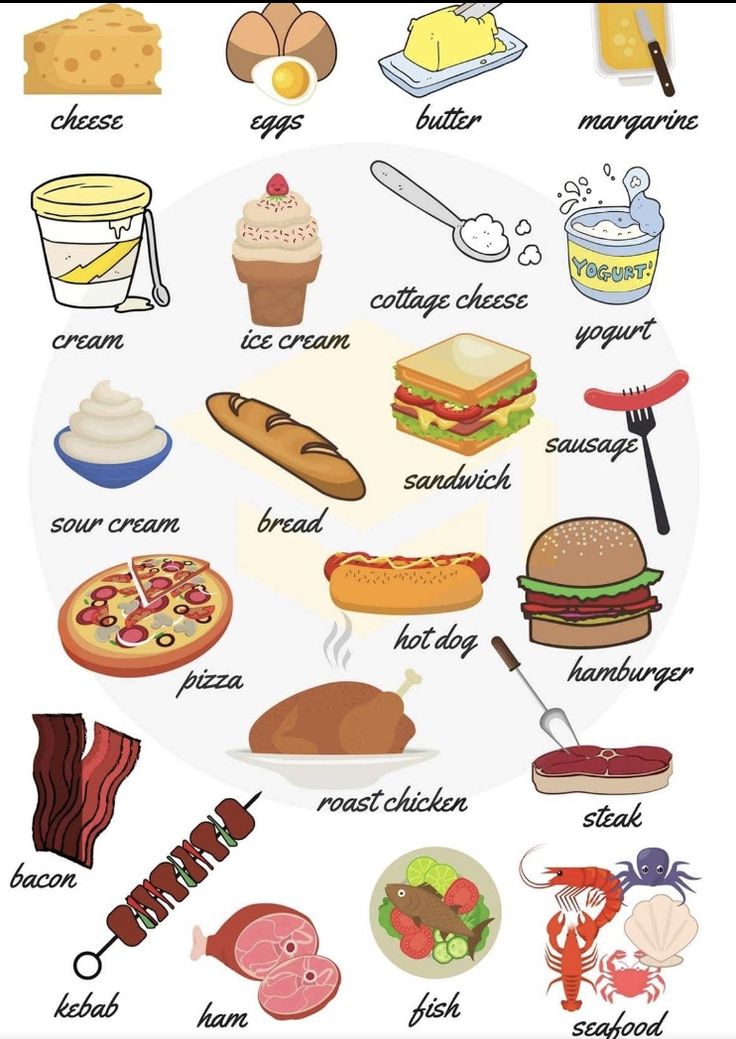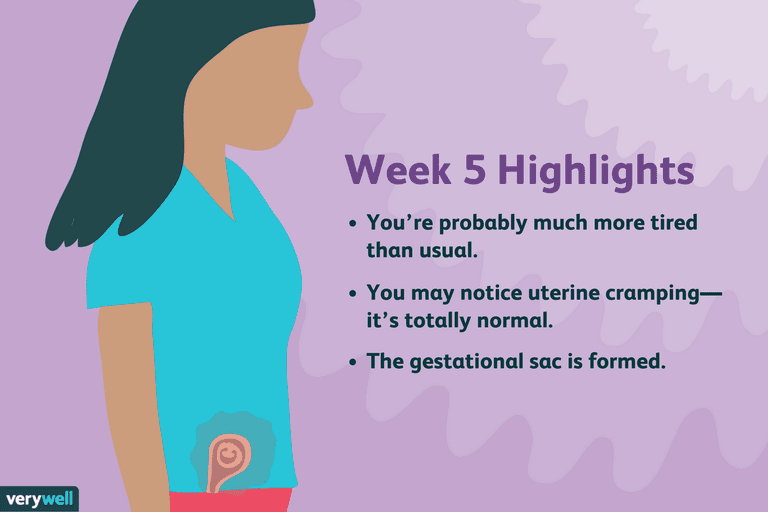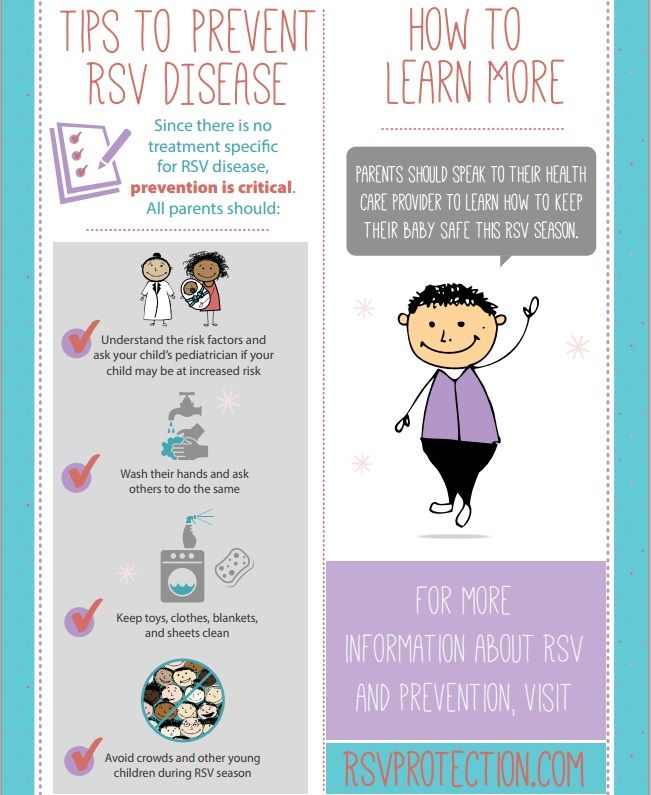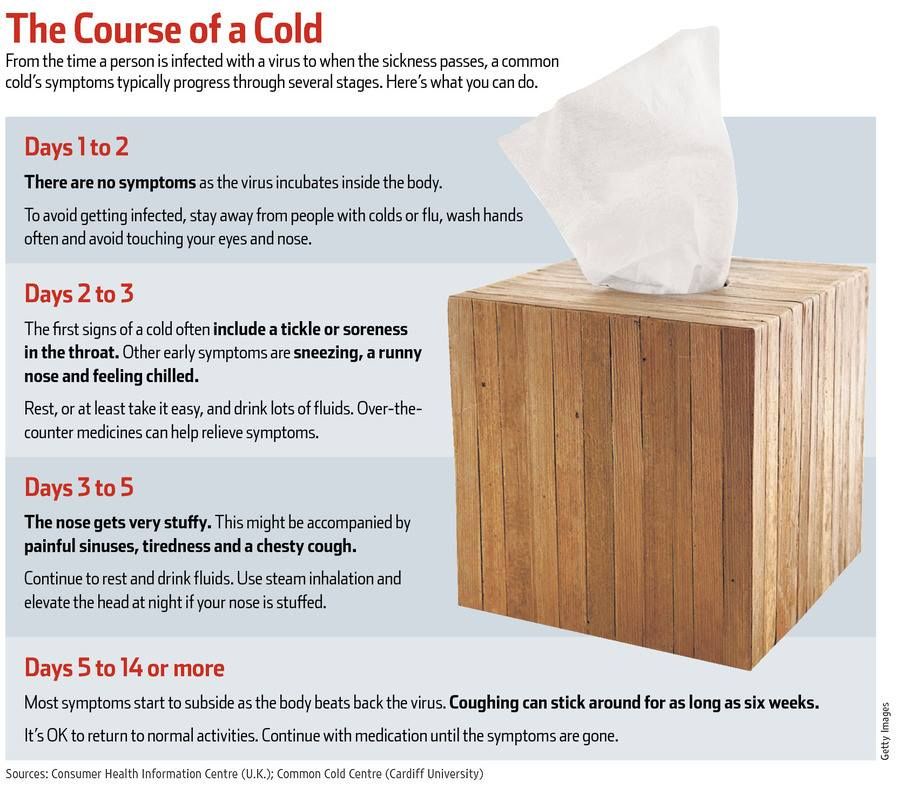How to get enough breast milk
Low milk supply? How to increase breast milk supply
Many mums worry they have a poor milk supply, but it can be hard to know for sure. Read on to find out whether you really have low milk supply and what you can do about it
Share this content
“Have I got enough breast milk?” is something new mothers often worry about – but chances are, if your baby’s healthy and growing well you’re doing great. However, if you’re concerned about your breast milk supply, it’s important to seek advice early. If it turns out things are fine, you’ll quickly be reassured. Plus, you’ll avoid the trap of giving your baby formula unnecessarily, which may cause your own milk supply to drop.
Reasons for low milk supply
A small number of new mums have difficulty producing enough breast milk due to medical reasons, which include:
- Excessive blood loss (more than 500 ml/17.
6 fl oz) during the birth or retained fragments of the placenta can delay your milk coming in (which usually happens around three days after the birth).1
- A history of polycystic ovarian syndrome, diabetes, thyroid or other hormonal disorders. Mums with these conditions sometimes experience a low milk supply.2
- The rare medical condition mammary hypoplasia, in which there isn’t enough milk-producing glandular tissue within the breast.3
- Previous breast surgeries or breast trauma – although many mums who have had surgery go on to breastfeed successfully.4
If any of these conditions applies to you, see a lactation consultant or breastfeeding specialist.
How breast milk supply works
Once your breast milk has come in, your breasts start to make milk through a process of ‘supply and demand’. Each time milk is removed, either by your baby feeding or by expressing, your breasts make more.
That’s why giving bottles of formula can reduce your milk supply – your body isn’t getting the message to produce more breast milk, because none is being removed.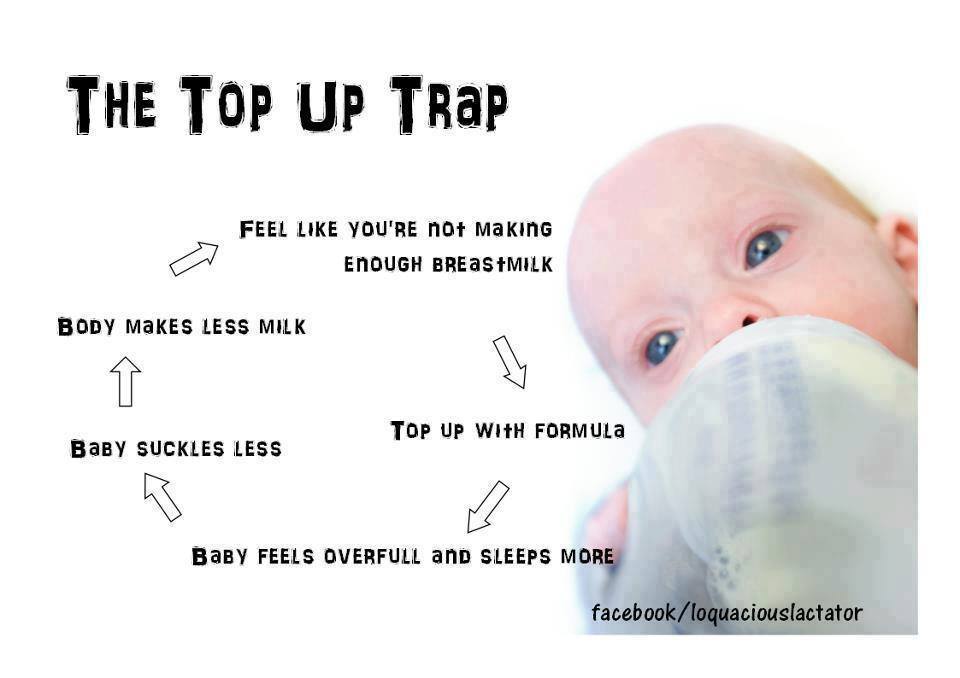
The way your baby nurses also affects your supply. The more frequently and effectively she breastfeeds, the more milk you’ll make. If your baby doesn’t take enough milk during a feed, it’s essential to express regularly to protect your milk supply – see below for more advice.
Signs your baby isn’t getting enough milk
Even though low milk supply is rare, your baby may still struggle to get enough for other reasons during her first few weeks. She may not be breastfeeding frequently enough, or for long enough, particularly if you’re trying to stick to a breastfeeding schedule rather than feeding on demand. She may not be latching well, or might have a condition that makes it harder to take in milk.
The following are signs your baby isn’t getting enough milk:
- Poor weight gain. It’s normal for newborns to lose 5% to 7% of their birth weight in the first few days – some lose up to 10%. However, after that they should gain at least 20 to 30 g (0.
 7 to 1 oz) per day and be back to their birth weight by day 10 to 14.5,6,7 If your baby has lost 10% or more of her birth weight, or she hasn’t started gaining weight by days five to six, you should seek medical advice immediately.
7 to 1 oz) per day and be back to their birth weight by day 10 to 14.5,6,7 If your baby has lost 10% or more of her birth weight, or she hasn’t started gaining weight by days five to six, you should seek medical advice immediately. - Insufficient wet or dirty nappies. The number of poos and wees your baby has per day is a good indicator of whether or not she is getting enough milk – see our article explaining the pattern your baby should be following in Breastfeeding your newborn: What to expect in the first week. Seek medical advice if you’re concerned or if you have noticed her dirty nappies decreasing in wetness and heaviness.
- Dehydration. If your baby has dark-coloured urine, a dry mouth or jaundice (yellowing of the skin or eyes), or if she is lethargic and reluctant to feed, she could be dehydrated.6 Fever, diarrhoea and vomiting, or overheating, can cause dehydration in infants. If you notice any of these symptoms, seek medical advice quickly.
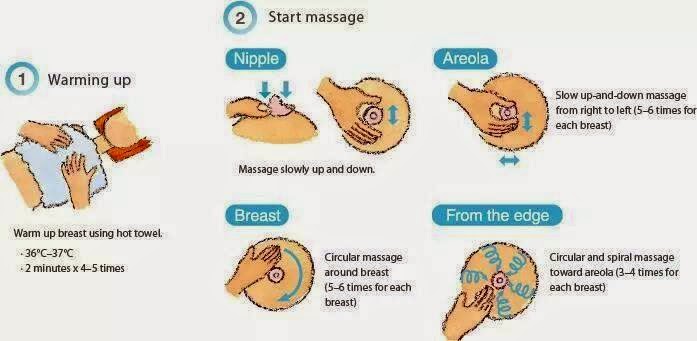
Find out the top 5 tips to know if your baby is getting enough milk
Misconceptions about low milk supply
Newborns typically feed very often – around 10 to 12 times a day, or every two hours – and this is not a sign that you don’t have enough milk. Don’t forget that your baby also nurses for comfort, and it’s difficult to tell how much milk your baby takes during each feed – amounts can vary.
The following are all perfectly normal and are not signs of a poor milk supply:
- your baby wants to feed frequently
- your baby doesn’t want to be put down
- your baby is waking in the night
- short feeds
- long feeds
- your baby will take a bottle after a feed
- your breasts feel softer than they did in the early weeks
- your breasts don’t leak milk, or they used to leak and have stopped
- you can’t pump much milk
- you have small breasts
What to do if you have low milk supply
If you suspect your baby is not getting enough milk, see a lactation consultant or breastfeeding specialist.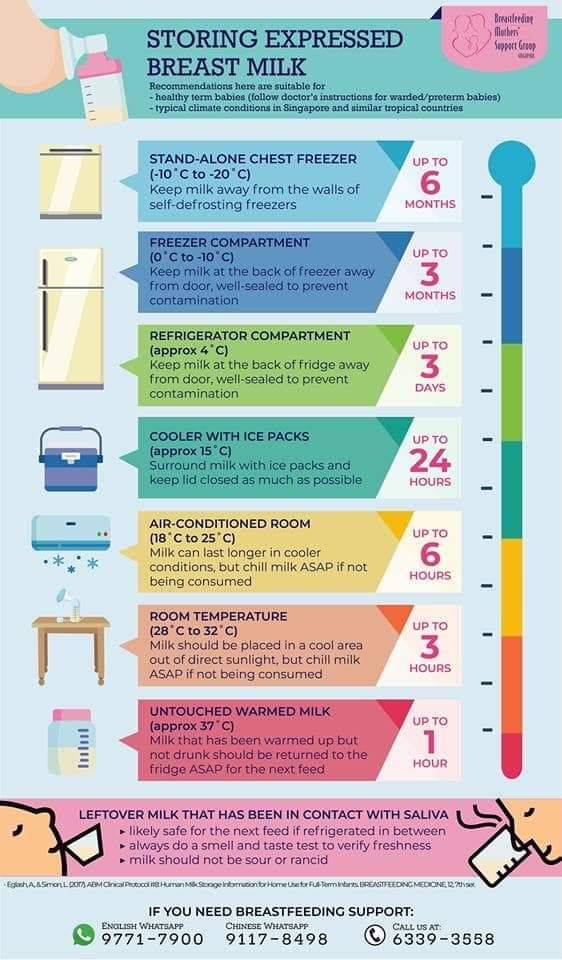 They will assess whether you have low milk supply and observe a breastfeed to see if your baby is latched on well and taking in enough milk. They may suggest adjusting your feeding position or your baby’s latch so she can feed more efficiently.
They will assess whether you have low milk supply and observe a breastfeed to see if your baby is latched on well and taking in enough milk. They may suggest adjusting your feeding position or your baby’s latch so she can feed more efficiently.
You could also try having more skin-to-skin contact with your baby before and during feeds to stimulate the hormone oxytocin, which gets your milk flowing. Or use relaxation techniques, such as listening to your favourite calming music, to reduce any anxiety that could be affecting your supply.8
With support, most mums with low milk supply are able to partially breastfeed their babies, and some will manage to develop a full milk supply.
If your baby is not yet taking enough milk directly from the breast, perhaps because she was premature or has special needs, you may need to express to protect your milk supply, and your healthcare professional may prescribe galactogogues (medication to increase milk production).
If you’re not yet able to express enough breast milk for your baby, you’ll need to supplement her with donor milk or formula, under the guidance of a medical professional.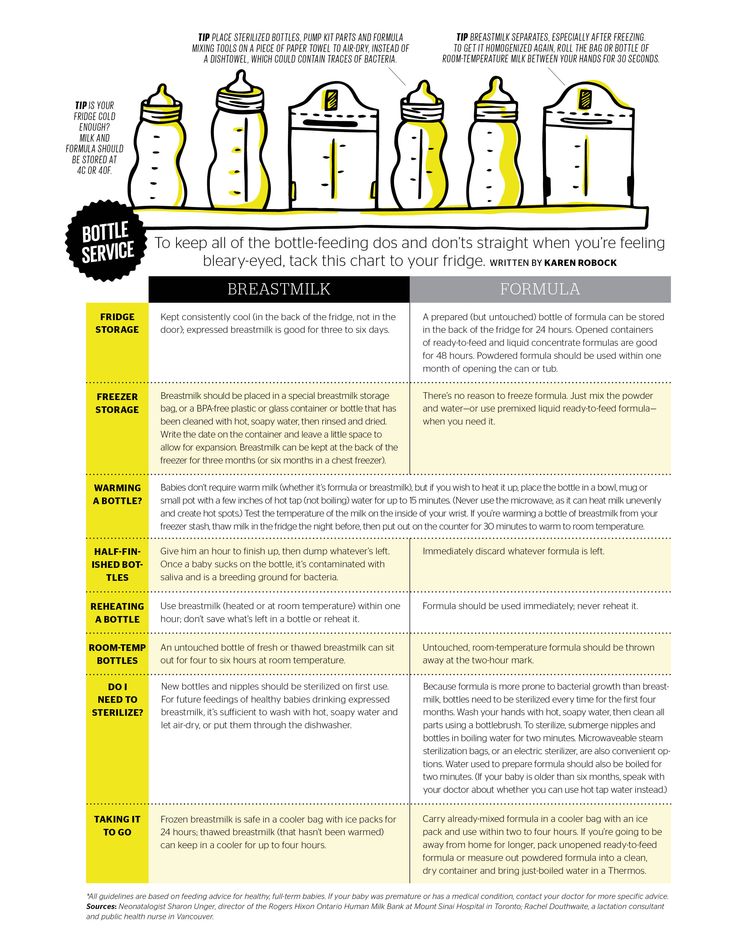 A supplemental nursing system (SNS) can be a satisfying way for her to get all the milk she needs at the breast.
A supplemental nursing system (SNS) can be a satisfying way for her to get all the milk she needs at the breast.
How to increase milk supply with a breast pump
If you need to encourage your milk supply in the first five days after birth, you can use a double electric breast pump with initiation technology, such as the Medela Symphony. This type of pump is designed to mimic the way a baby stimulates the breasts while feeding, and has been found to increase longer-term milk production.9
Once your milk has come in, double pumping means you can express more milk in less time.10 This method also drains the breasts better, which also helps with milk supply.
Although every mum is different, it’s often a good idea to express milk straight after, or an hour after, a feed. This may seem counterintuitive, because it’s usually easier to pump from a full breast. But you should think of your pumping session as ‘putting in a milk order’ for the next day.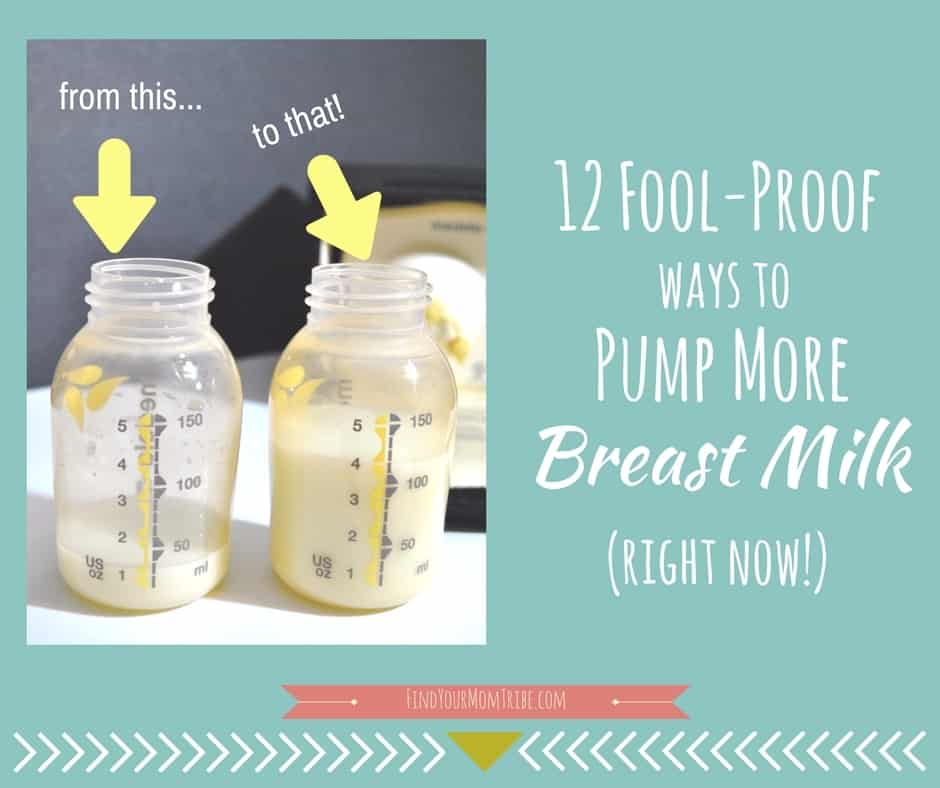
At first you may only collect small amounts, but don’t be discouraged – with regular pumping, this will increase. Aim to be removing milk (by breastfeeding as well as pumping) eight to 12 times a day, including one session at night when your levels of the milk-producing hormone prolactin are highest. The more frequently milk is removed, the better. After two or three days of regular pumping you should see a significant increase in supply. For advice on getting more milk from each pumping session, read breast pumping tips.
Hands-on pumping to increase expressed milk
If your baby is not breastfeeding directly at all, or you can’t yet pump enough milk for her, a technique called ‘hands-on pumping’ can be useful. It has been shown to increase the amount of milk mums can express in a session.11,12 The whole process takes around 25 to 30 minutes. Remember, the emptier your breasts, the more quickly they’ll make milk.
Follow these simple steps:
- Massage your breasts.
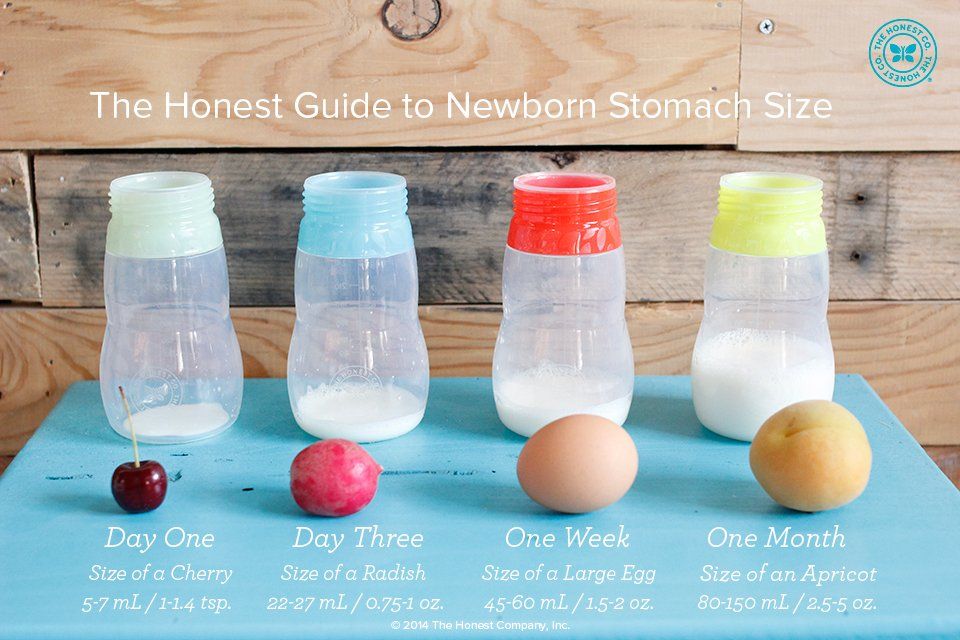
- Double pump using an expressing bra to keep your hands free.
- While pumping, use your fingers and thumb to compress your breast for a few seconds. Release and repeat. Use compressions on both breasts until your milk flow slows to a trickle.
- Massage your breasts again.
- Finish by hand expressing or single pumping, using breast compressions and switching between breasts to drain them as fully as possible.
Once your baby is gaining weight and you’ve increased your supply, then you can move on to feeding her exclusively at the breast.
References
1 Pang WW, Hartmann PE. Initiation of human lactation: secretory differentiation and secretory activation. J Mammary Gland Biol Neoplasia. 2007;12(4):211-221.
2 Vanky E et al. Breastfeeding in polycystic ovary syndrome. Acta Obstet Gynecol Scand. 2008;87(5):531-535.
3 Neifert MR et al. Lactation failure due to insufficient glandular development of the breast. Pediatrics. 1985;76(5):823-828.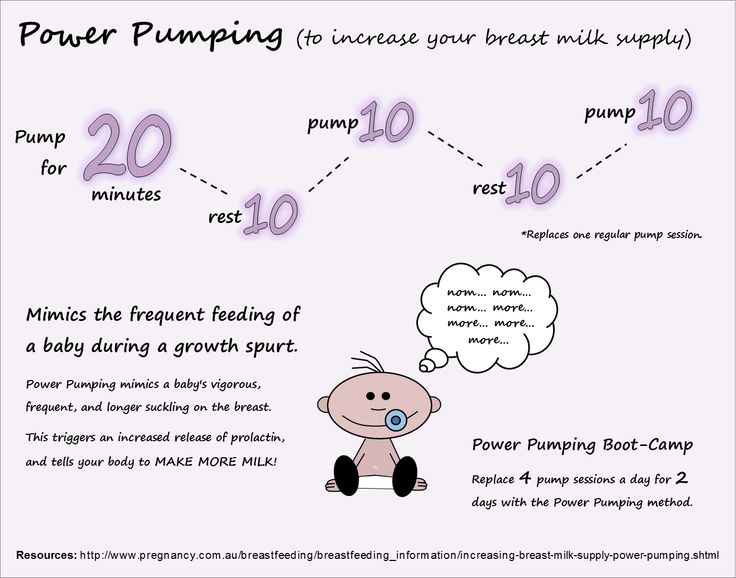
4 Neifert M et al. The influence of breast surgery, breast appearance, and pregnancy-induced breast changes on lactation sufficiency as measured by infant weight gain. Birth. 1990;17(1):31-38.
5 C Tawia S, McGuire L. Early weight loss and weight gain in healthy, full-term, exclusively-breastfed infants. Breastfeed Rev. 2014;22(1):31-42.
6 Lawrence RA, Lawrence RM. Breastfeeding: A guide for the medical profession. 7th ed. Maryland Heights MO, USA: Elsevier Mosby; 2010. 1128 p.
7 World Health Organisation. [Internet]. Child growth standards; 2018 [cited 2018 Feb]
8 Keith DR et al. The effect of music-based listening interventions on the volume, fat content, and caloric content of breast milk-produced by mothers of premature and critically ill infants. Adv Neonatal Care. 2012;12(2):112-119
9 Meier PP et al. Breast pump suction patterns that mimic the human infant during breastfeeding: greater milk output in less time spent pumping for breast pump-dependent mothers with premature infants. J Perinatol. 2012;32(2):103-10.
J Perinatol. 2012;32(2):103-10.
10 Prime DK et al. Simultaneous breast expression in breastfeeding women is more efficacious than sequential breast expression. Breastfeed Med. 2012;7(6):442-447.
11 Stanford University School of Medicine [Internet]. Stanford, CA, USA: Maximizing Milk Production with Hands-On Pumping; 2017. [Accessed 30.04.2018].
12 Morton J et al. Combining hand techniques with electric pumping increases milk production in mothers of preterm infants. J Perinatol. 2009;29(11):757-764.
How to increase breast milk supply
How to increase breast milk supply | Pregnancy Birth and Baby beginning of content6-minute read
Listen
The best way to establish a healthy supply of breast milk is to start early, breastfeed frequently and make sure your baby is latching on correctly.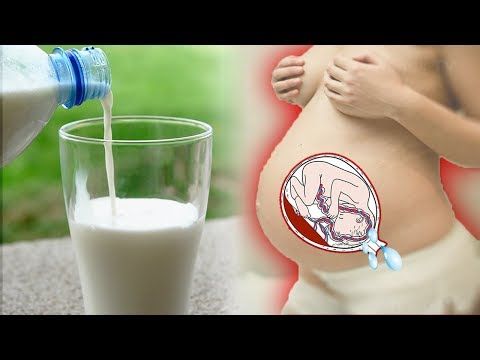
Some women have low supply, particularly during the early weeks of breastfeeding. This is the main reason some mothers start weaning or move to formula feeding. However, it's rare for a mother to produce less milk than her baby needs.
What are some reasons for a low supply?
There are many different reasons why some women have low supply including:
- delays in breastfeeding after delivery or separations of mother and baby such as if the baby needs to be admitted to the special care nursery or if the mother is unwell after delivery
- poor attachment to the breast, which can be caused by flat or inverted nipples, a tongue or lip tie, a sleepy baby because of jaundice, or a difficult or prolonged delivery
- if the mother is unwell due to problems like mastitis, retained placental tissue or large blood loss after the baby is born
- scheduled or timed feeding, rather than feeding baby on demand
- taking an oral contraceptive pill that contains oestrogen
- formula feeding as well as breastfeeding
- skipping breast feeds and offering a supplement formula feed but not expressing breast milk at that time to ensure that supply continues to meet baby's demand
- long-term use of dummies or nipple shields
- smoking
Breast milk supply can be low if the woman has medical problems such as polycystic ovarian syndrome, hypothyroidism, diabetes and pre-diabetes, or takes some blood pressure medications and cold and flu preparations, or has taken the contraceptive pill or has been infertile.
In some women, breast or nipple surgery makes breastfeeding difficult. In a few women, the breasts did not change during puberty and early pregnancy in a way that makes breastfeeding easier.
Typical baby behaviour
Some health professionals and mothers have an unrealistic expectation of how the baby will behave and might be concerned that what is normal baby behaviour could indicate low supply.
If your baby is having a good number of wet nappies each day, low supply is not a likely cause.
Some issues with breastfeeding include:
- wanting to be fed often — breast milk is digested in about 1.5 to 2 hours, whereas formula takes longer to digest
- being more fussy in the evening; you might produce less milk at this time and your baby will request fewer feeds or will 'cluster feed' (feed frequently at certain times of the day)
- liking to suck even if they have had a good breastfeed — sucking comforts them
- wanting lots of cuddles and skin to skin contact — this makes them feel secure and ensures that baby's needs are being met
- wanting to feed more frequently, which will happen when a baby is having a growth spurt — increased feeding will increase your supply
- reduced amount of sucking time at the breast — this often happens after 2 or 3 months as your baby becomes more efficient at the breast
What is normal for mum?
Although breastfeeding is different for every woman, the following do not mean that you have a low supply:
- your breasts suddenly seem softer — this is normal as your milk supply adjusts to your baby's needs
- your breasts do not leak milk, stop leaking or only leak a little
- you don’t feel a 'let-down' when milk pushes out of the breast
- you are unable to pump very much with an electric pump — remember the baby is much more efficient and will always get more than a pump
- how much you pump decreases over time
How do I know that baby is getting enough milk?
Always look at the whole picture to ensure that baby's growth and development is with normal limits. The baby is getting enough milk if they:
The baby is getting enough milk if they:
- go through 6 to 8 wet nappies in a 24-hour period including at least a few dirty nappies
- wake for feeds by themselves and feed vigorously at the breast
- have 8 to 12 breastfeeds in 24 hours
- pass a soft yellow stool
- settle and sleep fairly well after most feeds
- is back to birth weight in about 2 weeks
- gain on average 150g or more every week for the first 3 months
If your supply is low
Milk supply is considered to be low if you are not producing enough milk to meet your baby's normal growth and development needs.
Low milk supply is usually a temporary situation that will improve with appropriate breastfeeding support and management. Making more milk is all about supply and demand — the more milk is removed from the breast, the more milk is made. The less milk removed, the less made.
How to increase your supply
The following may help increase your breastmilk supply:
- ensure that baby is attaching well and removing milk efficiently from the breast
- be prepared to feed your baby more frequently — breastfeed on demand every 2-3 hours at least 8 times in 24 hours
- switch your baby from one breast to the other; offer each breast twice
- ensure your breasts are emptied well at each feed or pumping session; you can express after breastfeeds to make sure
- do not go longer than 5 hours without milk removal — your baby at the breast sucking is the most effective way to do this, but otherwise use a hand or electric pump
- when your baby is feeding, compress your breast to aid milk flow as this will also encourage more effective sucking
- make sure you are drinking a lot of water, eating a healthy balanced diet and not missing any meals
- also ensure you are resting as much as possible between feeds
Other options that can help with a low supply include:
- a supplemental nursing system or 'supply line'
- herbal and pharmacological remedies that are known to increase milk supply (galactogogues)
Some cultures use food or herbs to increase breast milk supply but many of these have not been formally studied. Domperidone is a prescription medicine that can increase the hormone prolactin, which can help stimulate breast milk production. Your doctor may discuss if this medicine is right for you. The main way to increase breast milk supply is through breastfeeding or expressing milk more than you currently do.
Domperidone is a prescription medicine that can increase the hormone prolactin, which can help stimulate breast milk production. Your doctor may discuss if this medicine is right for you. The main way to increase breast milk supply is through breastfeeding or expressing milk more than you currently do.
If you think you have low milk supply, talk to your doctor, lactation consultant, breastfeeding counsellor or child health nurse. You can call Pregnancy Birth and Baby on 1800 882 436 for advice and support.
Sources:
Australian Breastfeeding Association (Increasing supply), Karitane (Breastfeeding), Royal Women's Hospital (Low milk supply)Learn more here about the development and quality assurance of healthdirect content.
Last reviewed: October 2021
Back To Top
Related pages
- Breastfeeding your baby
- Sore, cracked or bleeding nipples
Need more information?
Breastfeeding - expressing breastmilk - Better Health Channel
Expressing breast milk by hand is a cheap and convenient method.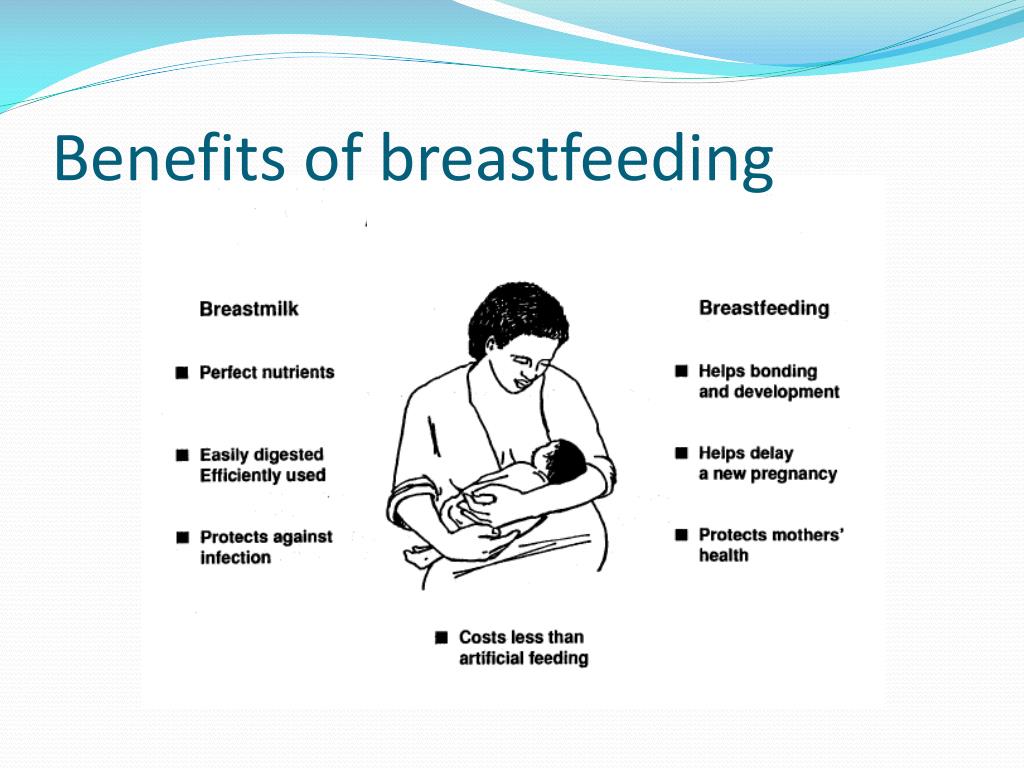
Read more on Better Health Channel website
Expressing and storing breast milk
Expressing milk means squeezing milk out of your breast so that you can store it and feed it to your baby at a later time.
Read more on Pregnancy, Birth & Baby website
Is it really low supply? | Australian Breastfeeding Association
Fussy or crying baby? Soft breasts? Baby cluster feeding? Can't pump milk? It can be hard to know what’s going on.
Read more on Australian Breastfeeding Association website
Milk Bank - Maternal and newborn
The NSW Milk Bank provide pasteurised donor human milk to infants at high risk of Necrotising Enterocolitis when maternal supply is not sufficient to meet the nutritional needs of the infant.
Read more on NSW Health website
Donor breast milk and milk banks
If it is not possible to breastfeed a baby because they are premature, sick or born via surrogacy or to same-sex parents, human donor milk is a great alternative.
Read more on Pregnancy, Birth & Baby website
Expressing Breastmilk - Miracle Babies
Understandably, giving birth to a premature or sick newborn may be a stressful time, but it is very important to start expressing milk as soon as possible
Read more on Miracle Babies Foundation website
Expressing and storing breast milk
This page includes information about expressing, storing, cleaning equipment, transporting and preparing expressed breastmilk for your baby.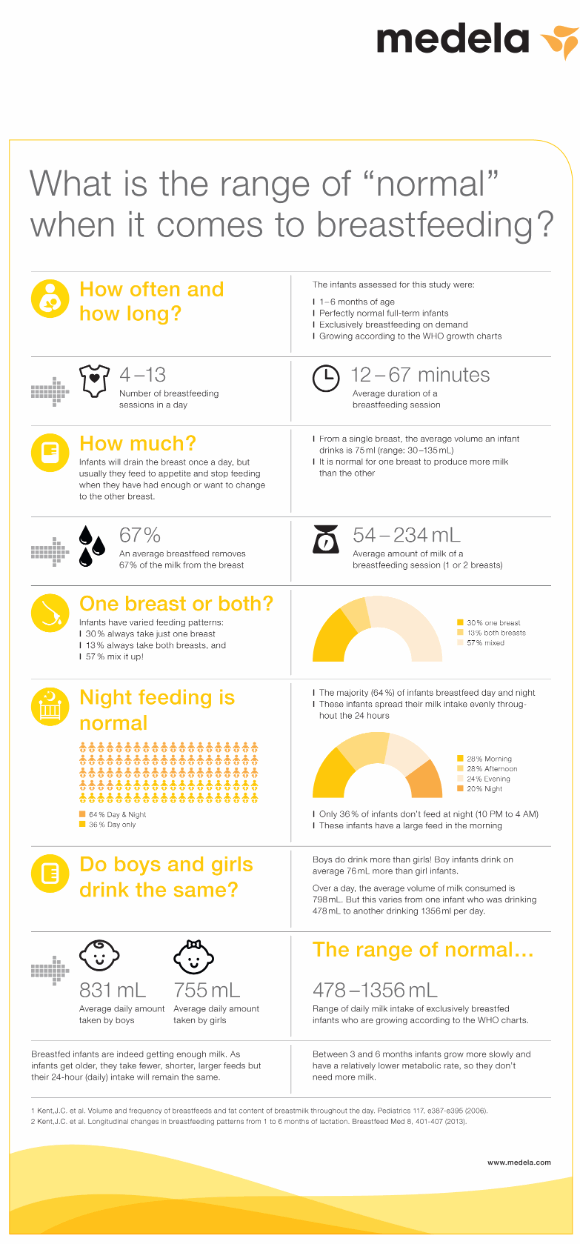
Read more on WA Health website
Antenatal expression of colostrum
Colostrum, a type of breast milk high in antibodies, can sometimes be expressed before you have your baby. Find out if you should express colostrum.
Read more on Pregnancy, Birth & Baby website
Why is my supply dropping? | Australian Breastfeeding Association
Feel like you're losing your milk? Find the reasons for low supply.
Read more on Australian Breastfeeding Association website
Blog: Why is my supply low? | Australian Breastfeeding Association
Breastfeeding...with ABA Blog. Information about breastmilk supply.
Read more on Australian Breastfeeding Association website
Disclaimer
Pregnancy, Birth and Baby is not responsible for the content and advertising on the external website you are now entering.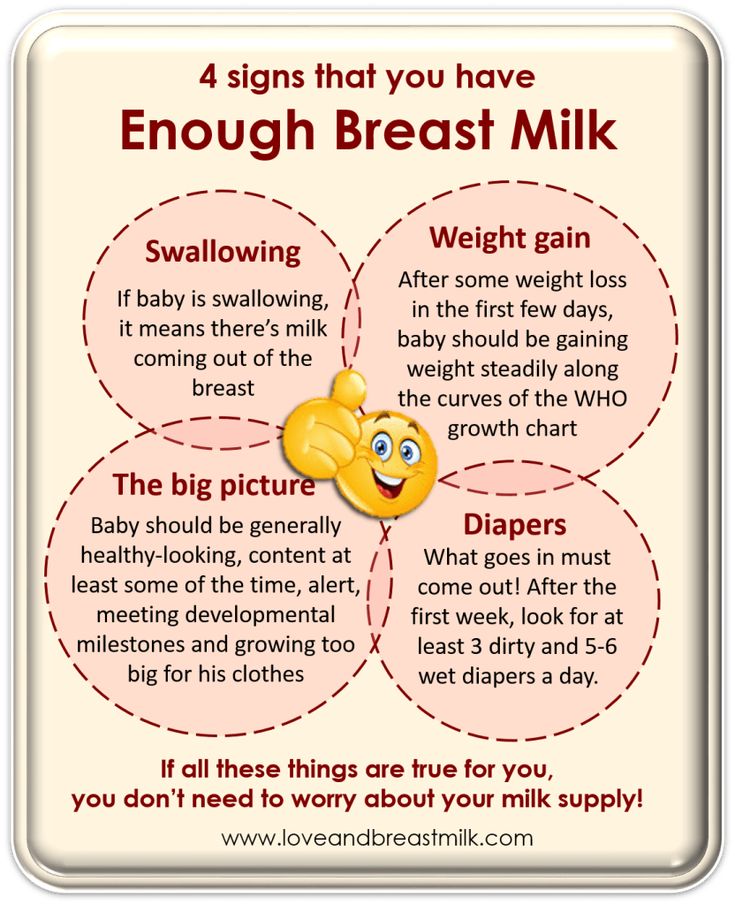
Need further advice or guidance from our maternal child health nurses?
1800 882 436
Video call
- Contact us
- About us
- A-Z topics
- Symptom Checker
- Service Finder
- Subscribe to newsletters
- Linking to us
- Information partners
- Terms of use
- Privacy
Pregnancy, Birth and Baby is funded by the Australian Government and operated by Healthdirect Australia.
Pregnancy, Birth and Baby’s information and advice are developed and managed within a rigorous clinical governance framework.
This site is protected by reCAPTCHA and the Google Privacy Policy and Terms of Service apply.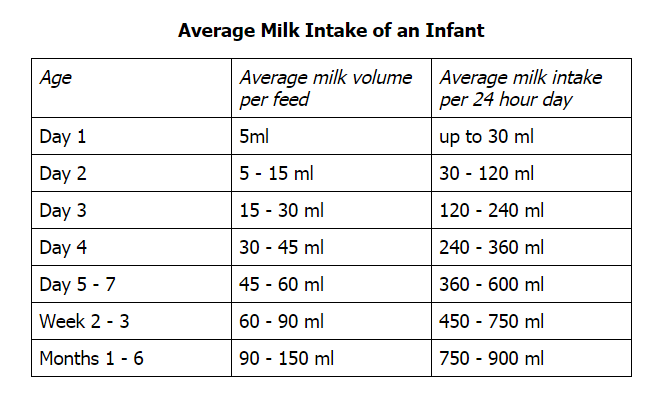
Healthdirect Australia acknowledges the Traditional Owners of Country throughout Australia and their continuing connection to land, sea and community. We pay our respects to the Traditional Owners and to Elders both past and present.
This information is for your general information and use only and is not intended to be used as medical advice and should not be used to diagnose, treat, cure or prevent any medical condition, nor should it be used for therapeutic purposes.
The information is not a substitute for independent professional advice and should not be used as an alternative to professional health care. If you have a particular medical problem, please consult a healthcare professional.
Except as permitted under the Copyright Act 1968, this publication or any part of it may not be reproduced, altered, adapted, stored and/or distributed in any form or by any means without the prior written permission of Healthdirect Australia.
Support this browser is being discontinued for Pregnancy, Birth and Baby
Support for this browser is being discontinued for this site
- Internet Explorer 11 and lower
We currently support Microsoft Edge, Chrome, Firefox and Safari. For more information, please visit the links below:
- Chrome by Google
- Firefox by Mozilla
- Microsoft Edge
- Safari by Apple
You are welcome to continue browsing this site with this browser. Some features, tools or interaction may not work correctly.
Breast milk production | Baby's needs
Did you know that the amount of breast milk adapts to your baby's needs? In this article, you will learn amazing facts about breast milk production in the first days, weeks and months.
Share this information
Your body is capable of producing breast milk for your baby at every stage of development. Understanding how milk production “turns on”, what happens to milk when you feed your baby, and why production adjusts to his needs as he grows, will help you start this amazing process in the right way.
Understanding how milk production “turns on”, what happens to milk when you feed your baby, and why production adjusts to his needs as he grows, will help you start this amazing process in the right way.
Day one: milk production at birth
The baby is usually ready to breastfeed from birth. When he grabs the breast and begins to suck rhythmically, the milk-producing cells “turn on” and the formation of the first breast milk, colostrum, starts. 1 Try to feed your baby as much as possible in the first hour of his life, and then as soon as he shows interest in feeding. This will help lay the foundation for good milk production later on. 2
The first days: the arrival of milk
At this stage, your body's level of progesterone, the
pregnancy hormone, which begins to fall after the placenta comes out, is reduced, and the hormones responsible for milk production - prolactin, insulin and hydrocortisone - are included in the work. These hormones will help start milk production. 3 Around the third day of your baby's life, milk will begin to come in and you will feel that your breasts have filled up and become noticeably firmer. 1
These hormones will help start milk production. 3 Around the third day of your baby's life, milk will begin to come in and you will feel that your breasts have filled up and become noticeably firmer. 1
First month: shaping milk production
During the first weeks, your body will be especially sensitive to the amount of milk produced as it learns to produce the right amount. Prolactin levels increase dramatically each time you empty your breasts, thereby helping shape the lactation process. It also contributes to the maturation of your milk in terms of composition. At this stage, transitional milk is produced and the amount continues to grow. 3.4
For good long-term milk production, it is very important that you are close to your baby during the first few weeks. The more often you breastfeed, the more milk will be produced. This process resembles the law of supply and demand. Each time after emptying the breast, whether it is feeding the baby or pumping, even more milk will be produced.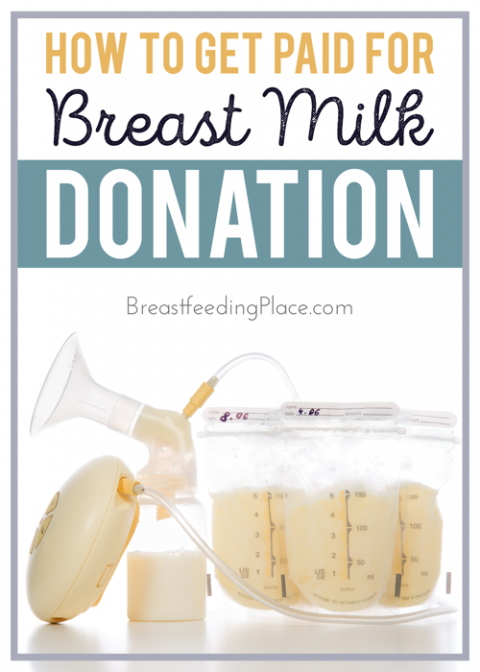
Remember that it is normal for newborns to eat frequently, perhaps even every 45 minutes, and this does not mean that they are not getting enough milk. Frequent feedings help shape milk production, so feed your baby on demand, not on a schedule.
“In the first few weeks you may feel like you don’t have enough milk because your baby will be feeding all the time, but that’s okay,” says UK mom-of-two Jo, “We tend to think that the baby wants to eat every few hours, but that is not necessarily the case."
Don't forget that babies also breastfeed for comfort. Breastfeeding helps them calm down and adjust to their new life outside the womb. In addition, feeding helps to establish a connection between you.
Stable milk production in the first month
If you follow your baby's needs and feed him as often and for as long as he wants, milk production should adjust. 5
Some mothers try to increase the period between feedings so that the breasts can produce more milk during this time, but this should not be done, as this may have the opposite effect. 2
If you are unable to breastfeed directly for the first two weeks, express your milk to build and maintain your milk supply during this critical period and beyond.
Did you know that feeding your baby extra formula unnecessarily can reduce your milk production? The chest will not receive a signal to increase production, because it will not be emptied. In addition, if the baby sleeps longer after formula, he may miss his usual next feeding time.
This is a kind of “supplementing trap”. After three to four days of formula supplementation, during which the breasts have emptied less, the body will receive a signal that breastfeeding has stopped, and the amount of milk produced will begin to decrease. As a result, the baby will remain hungry and will need additional formula supplementation. And so on in a circle ... As a result, this will lead to really low milk production, and the baby will eat mainly the mixture.
Breast milk production after six weeks
After a month of breastfeeding, post-feeding bursts of prolactin secretion begin to decrease, milk matures, and the body gets used to producing as much milk as your baby needs.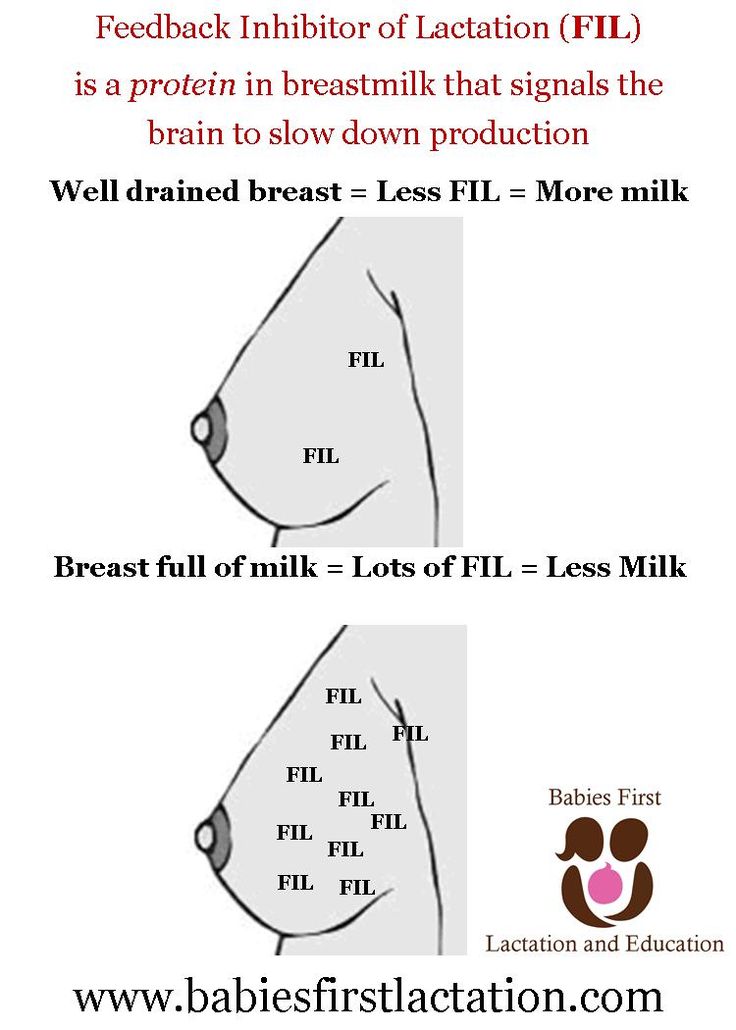 In fact, the chest begins to work "on autopilot." 4 You may also notice at this time that your breasts are softer and your milk flow has stopped.
In fact, the chest begins to work "on autopilot." 4 You may also notice at this time that your breasts are softer and your milk flow has stopped.
At this stage, women often have fears of "losing milk".
However, this only means that milk production has been established and now fully meets the needs of the child. It is noteworthy that although the baby continues to grow, he will consume approximately the same amount of milk both at six weeks and at six months. You may notice that the baby began to suckle the breast longer, but less often. On some days he may eat a little less than usual - his appetite changes in the same way as an adult.
Now your body will produce exactly the amount of milk,
as much as your baby needs. Therefore, the more milk the baby
drinks (or you express), the more it will produce.
How does this happen? The reason for this is thought to be the so-called "feedback lactation inhibitor" that controls milk production. The more milk in the breast, 2 the higher the inhibitor level, so a full breast produces less milk than one that has been emptied.
The more milk in the breast, 2 the higher the inhibitor level, so a full breast produces less milk than one that has been emptied.
What is the rate of milk production?
Mothers often worry about their milk supply and think about how to increase it. However, if the baby is healthy and growing well, problems usually do not arise.
“I was worried that my newborn daughter was not getting enough milk as she was feeding very quickly and always from one breast even though I offered both,” says Marjorie, mother of two in the UK, “But when I pumped from using a breast pump, I was surprised at how much milk I produced, and calmed down. I just had to keep feeding her little and often.”
Keep in mind, however, that not all mothers are able to express a lot of milk right away. You can also try hand expressing milk and see if there is a change in breast fullness.
If you're worried about your milk supply, read our tips for symptoms of too little or too much milk.
Literature
1 Pang WW, Hartmann PE. Initiation of human lactation: secretory differentiation and secretory activation. J Mammary Gland Biol Neoplasia 2007;12(4):211-221. - Pang, W.W., Hartmann, P.I., "Lactation initiation in the lactating mother: secretory differentiation and secretory activation." G Mammary Gland Biol Neoplasia. 2007;12(4):211-221.
2 Kent JC et al. Principles for maintaining or increasing breast milk production. J Obstet Gynecol Neonatal Nurs . 2012;41(1):114-121. - Kent J.S. et al., "Principles for Maintaining and Increasing Milk Production". F Obstet Ginecol Neoneutal Nurs. 2012;41(1):114-121.
3 Ostrom KM. A review of the hormone prolactin during lactation. Prog Food Nutr Sci . 1990;14(1):1-43. - Ostrom KM, "Review of the role of the hormone prolactin during lactation." Prog Food Nutr Sai. 1990;14(1):1-43.
1990;14(1):1-43. - Ostrom KM, "Review of the role of the hormone prolactin during lactation." Prog Food Nutr Sai. 1990;14(1):1-43.
4 Cox DB et al. Blood and milk prolactin and the rate of milk synthesis in women. Exp Physiol. 1996;81(6):1007-1020. - Cox D.B. et al., Effects of blood and milk prolactin on milk production in women. Exp Physiol. 1996;81(6):1007-1020.
5 Kent JC et al. Volume and frequency of breastfeedings and fat content of breast milk throughout the day. Pediatrics. 2006;117(3): e 387-95. - Kent J.S. et al., "Amount and frequency of breastfeeding and fat content of breast milk during the day." Pediatrix (Pediatrics). 2006;117(3): e 387-95.
Signs of lack of milk | Improving lactation
Many mothers are concerned about insufficient milk production, but it is not always easy to find out if milk is really low. Read our article to understand if this is true and what can be done about it.
Read our article to understand if this is true and what can be done about it.
Share this information
“Do I have enough milk?” - a question that is often asked by young mothers. If your baby is healthy and growing well, there is no reason to worry. However, if you are still worried about milk production, it is best to consult a specialist as soon as possible. If everything is in order, he will be able to calm you down. In addition, you will not needlessly feed the baby formula, because of which milk production can really decrease.
Causes of insufficient milk supply
Some mothers do not produce enough breast milk for medical reasons, which include:
- approximately three days after birth). 1
- Polycystic ovary syndrome, diabetes, thyroid dysfunction or other hormonal disorders. In some cases, such diseases lead to low milk production. 2
- A rare medical condition called "mammary hypoplasia" in which there is not enough glandular tissue in the breast to produce milk.
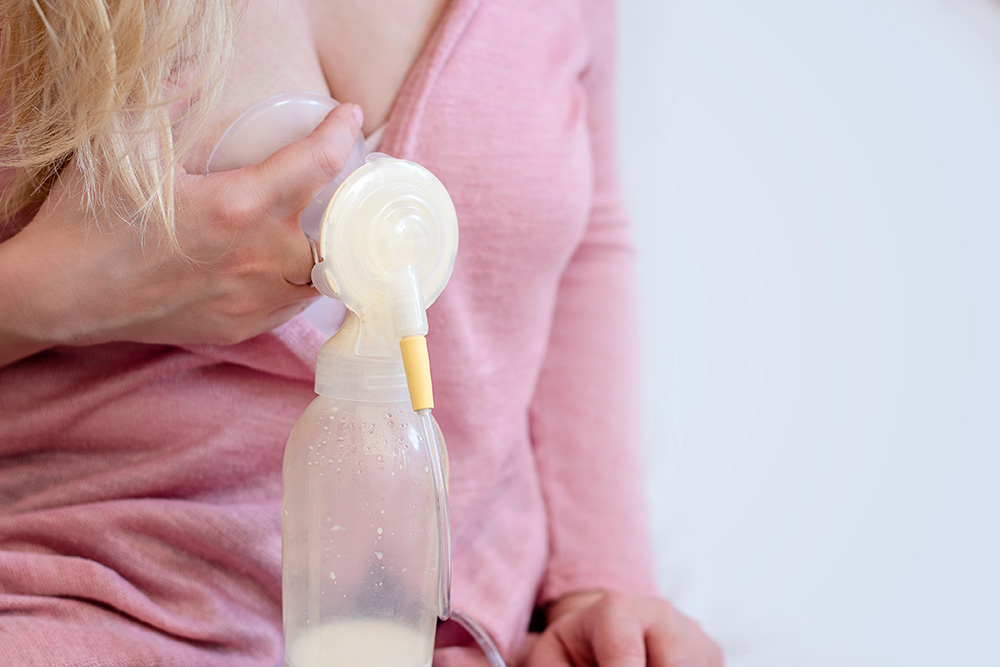 3
3 - Breast surgery or injury. However, many mothers who have had breast surgery successfully breastfeed in the future. 4
If you have any of the conditions listed, contact your lactation consultant or healthcare provider.
How milk is produced
With the advent of milk, the breast begins to work on the principle of supply and demand. Each time after it is emptied, whether it is feeding the baby or pumping, even more milk will be produced.
This is why milk production may be reduced if you give formula to your baby - your body will not get the signal to produce more milk because it will remain.
The way your baby eats also affects milk production. The more often and better he sucks the breast, the bigger it will be. If your baby eats only a small portion at one feeding, it is necessary to express milk regularly to maintain the level of its production. Read more about this below.
Signs that the baby is not getting enough milk
Although low milk production is rare, the baby may have difficulty feeding in the first few weeks, but for other reasons.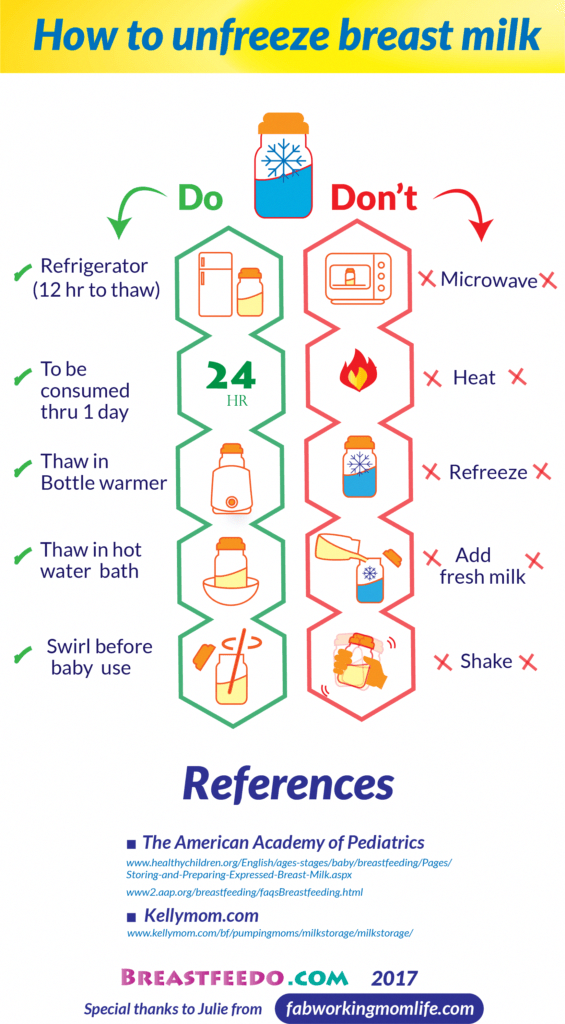 You may not be feeding him often enough or for enough time, especially if you're trying to stick to a specific schedule. The baby may not latch on properly, or it may have features that make it difficult to take in milk.
You may not be feeding him often enough or for enough time, especially if you're trying to stick to a specific schedule. The baby may not latch on properly, or it may have features that make it difficult to take in milk.
The following signs indicate that the baby is not getting enough milk:
- Poor weight gain. In the first few days of life, newborns normally lose 5 to 7%, and sometimes even up to 10%, of their birth weight. However, after that, they should gain at least 20–30 g per day and regain their birth weight by 10–14 days. 5,6,7 If your baby has lost 10% or more of their weight in the early days, or has not started gaining weight by 5-6 days, you should contact your doctor immediately.
- Not enough wet and soiled diapers. A good indicator of whether a baby is getting enough milk is the number of diapers used per day. Check out our article detailing the norm for wet and soiled diapers in Breastfeeding Your Newborn: What to Expect in the First Week.
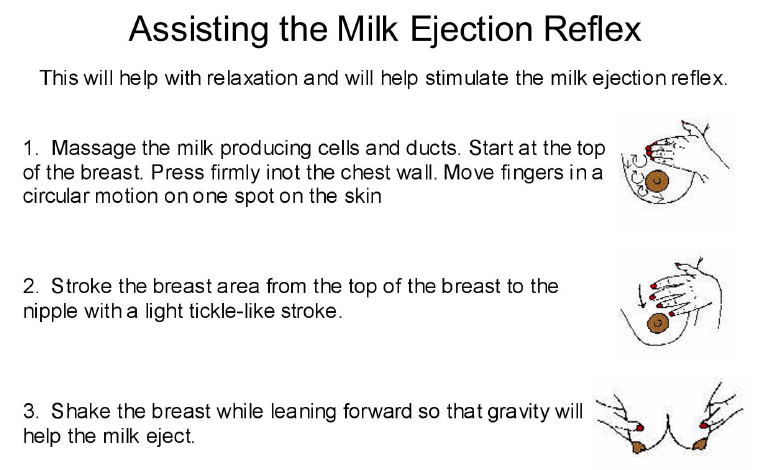 Seek medical advice if something bothers you or you notice that the number of soiled diapers has begun to decrease.
Seek medical advice if something bothers you or you notice that the number of soiled diapers has begun to decrease. - Dehydration. If your baby has dark urine, dry mouth or jaundice (yellowing of the skin or eyes), or baby is lethargic, has lost appetite, and may be dehydrated. 6 Dehydration can be caused by fever, diarrhoea, vomiting or overheating. If you notice any of these symptoms, seek medical attention as soon as possible.
Misconceptions about lack of milk
Newborns usually eat very frequently, about 10-12 times a day or every two hours. This does not mean that they do not have enough milk. Keep in mind that breastfeeding is also about comfort, so it's hard to tell how much milk a baby eats at each feed as the amount can vary.
You have enough milk even if:
- the child wants to eat often;
- the child does not want to be laid down;
- the child wakes up at night;
- feeding is fast;
- feeding takes a long time;
- after feeding, the child takes another bottle;
- Your breasts are softer than in the first weeks;
- milk does not leak or has stopped leaking;
- You cannot express much milk;
- You have small breasts.
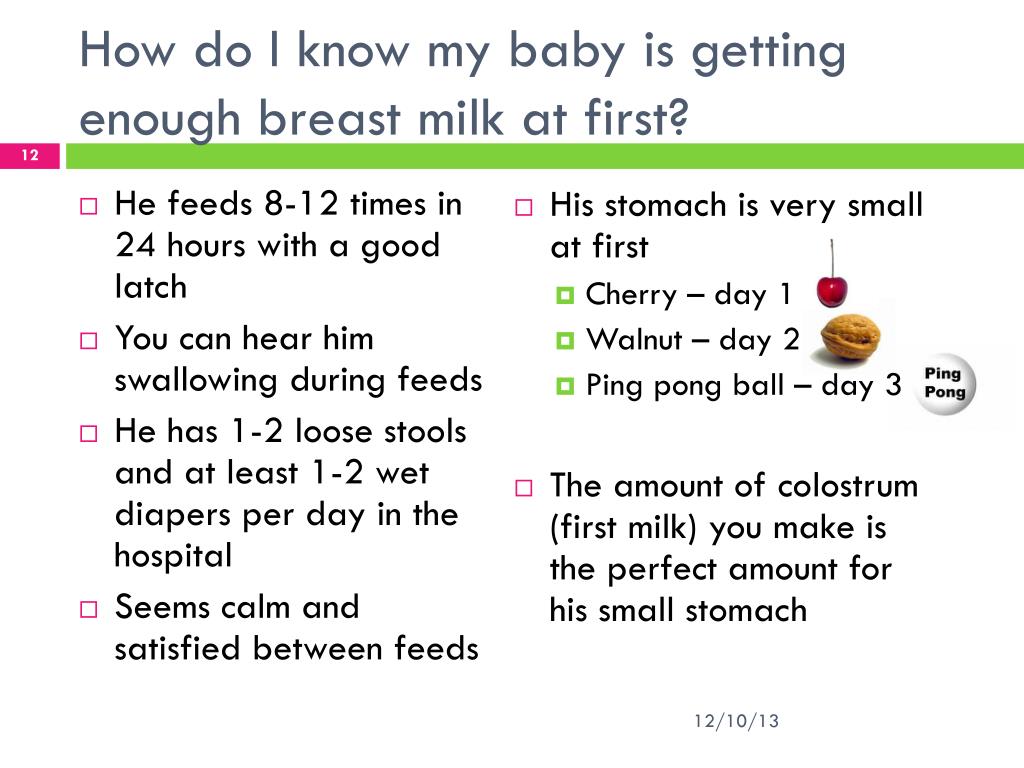
What to do if your milk supply is low
If you suspect that your baby is not getting enough milk, contact your lactation consultant or your doctor. He will determine if you have enough milk and check how the baby is latch-on and if he is getting enough milk. He may also suggest changing the feeding position or the way the baby is attached to the breast to make it easier.
Also try holding your baby close to you more often to increase skin-to-skin contact before and during feedings. This stimulates the production of the hormone oxytocin, which promotes milk flow. Use relaxation techniques, such as listening to your favorite soothing music, to reduce anxiety that can negatively impact milk production. 8
With the right support, most under-lactating mothers are able to breastfeed their babies at least partially, and some manage to normalize production.
If your baby is unable to get enough milk directly from the breast (perhaps because he was born prematurely or has special needs), you need to express milk to support his production. Your doctor may prescribe you special drugs that stimulate lactation.
Your doctor may prescribe you special drugs that stimulate lactation.
If you are unable to express enough milk, you will need to supplement your baby with donor milk or formula. This should also take place under the supervision of a physician. The Supplemental Nursing System (SNS)* is a great way to help your baby get all the milk he needs at the breast.
How to increase your milk production with a breast pump
If you need to increase your milk production in the first five days after giving birth, you can use a dual electronic breast pump with lactation start technology, such as the Medela Symphony**. Such a breast pump imitates the sucking of the breast by a child and helps to increase milk production in the future. 9
After your milk comes in, double pumping allows you to get more milk in less time. 10 This method helps to better empty the breast, which also improves lactation.
Although every mother is different, it is often recommended to express milk immediately or one hour after a feed.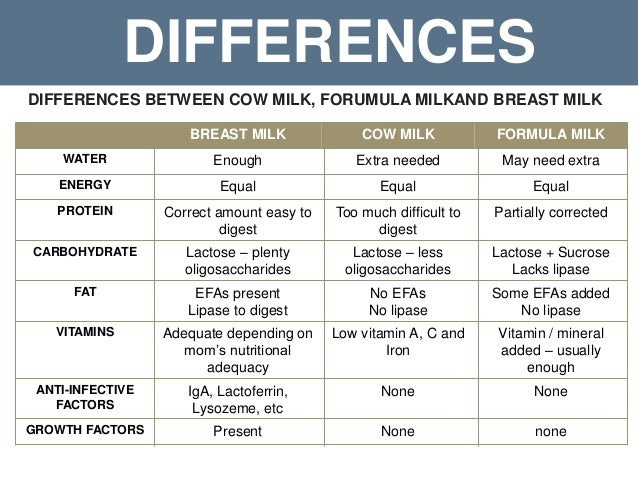 This may seem strange, since it is usually easier to express milk from a full breast. However, the pumping session should be seen as an "investment in tomorrow."
This may seem strange, since it is usually easier to express milk from a full breast. However, the pumping session should be seen as an "investment in tomorrow."
You will probably only be able to express a little milk at first, but don't be discouraged - if you express regularly, your milk supply will increase. Try to empty your breasts - by putting your baby to your breast or expressing milk - 8 to 12 times a day, including one nightly session, when your levels of prolactin (the hormone responsible for producing milk) are highest. The more often you empty your chest, the better. After two to three days of regular pumping, you will notice a significant increase in milk production. For tips on how to get more milk with every pump, see Tips for Using a Breast Pump.
Pumping with massage to get more milk
If your baby is not lating at all or you are not yet able to express enough milk for him, a technique called “massage pumping” may be helpful. It helps mothers increase the amount of milk they get in one pumping session.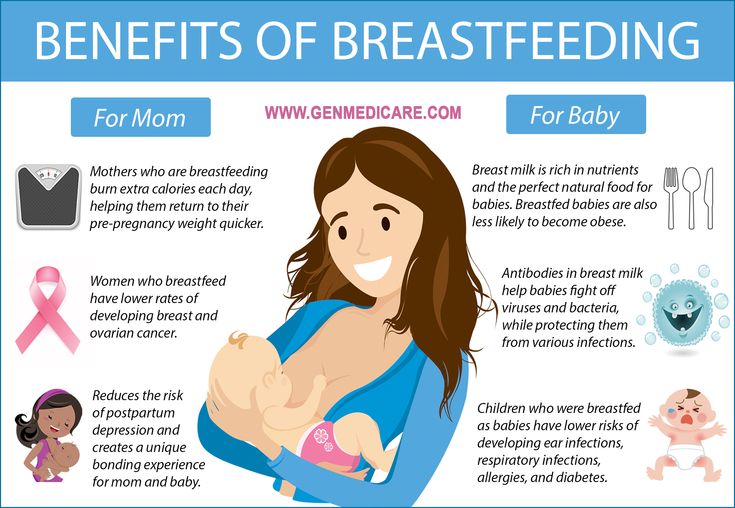 11.12 The whole process takes about 25-30 minutes. Remember that the better you empty your breast, the faster milk is produced in it.
11.12 The whole process takes about 25-30 minutes. Remember that the better you empty your breast, the faster milk is produced in it.
A few simple steps are required:
- Massage your breasts.
- Perform a double pump while wearing a special bustier top that allows you to keep your hands free.
- While expressing, squeeze the chest with all fingers for a few seconds. Release and repeat. Squeeze both breasts until the milk flows in a thin stream.
- Massage your chest again.
- Express milk manually or with a single breast pump, squeezing each breast in turn to empty them as completely as possible.
When your baby starts to gain weight and milk production increases, you can switch to exclusive breastfeeding.
Literature
1 Pang WW, Hartmann PE. Initiation of human lactation: secretory differentiation and secretory activation. J Mammary Gland Biol Neoplasia. 2007;12(4):211-221. - Pang, W.W., Hartmann, P.I., "Lactation initiation in the lactating mother: secretory differentiation and secretory activation." J Mammary Gland Biol Neoplasia. 2007;12(4):211-221.
- Pang, W.W., Hartmann, P.I., "Lactation initiation in the lactating mother: secretory differentiation and secretory activation." J Mammary Gland Biol Neoplasia. 2007;12(4):211-221.
2 Vanky Breastfeeding in polycystic ovary syndrome. Acta Obstet Gynecol Scand. 2008;87(5):531-535. - Wanky, I. et al., "Breastfeeding in the setting of polycystic ovaries." Acta Obstet Ginecol Scand. 2008;87(5):531-535.
3 Neifert MR et al. Lactation failure due to insufficient glandular development of the breast. Pediatrics. 1985;76(5):823-828. - Neifert M.R. et al., "Inability to Lactate Due to Deficiency of Glandular Breast Tissue". Pediatrix (Pediatrics). 1985;76(5):823-828.
4 Neifert M et al. The influence of breast surgery, breast appearance, and pregnancy-induced breast changes on lactation sufficiency as measured by infant weight gain. Birth. 1990;17(1):31-38. - Neifert M. et al., "Influence of breast surgery, breast appearance, and pregnancy-induced breast changes on milk supply as measured by weighing the baby." Bers. 1990;17(1):31-38.
Birth. 1990;17(1):31-38. - Neifert M. et al., "Influence of breast surgery, breast appearance, and pregnancy-induced breast changes on milk supply as measured by weighing the baby." Bers. 1990;17(1):31-38.
5 C Tawia S, McGuire L. Early weight loss and weight gain in healthy, full-term, exclusively-breastfed infants. Breastfeed Rev . 2014;22(1):31-42. - S. Tavia S., McGuire L., "Natural Weight Loss and Gain in Healthy, Exclusively Breastfed Full-Term Infants." Brestfeed Rev (Breastfeeding Review). 2014;22(1):31-42.
6 Lawrence RA, Lawrence RM. Breastfeeding: A guide for the medical profession. 7th ed. Maryland Heights MO, USA: Elsevier Mosby; 2010. 1128 p . - Lawrence R.A., Lawrence R.M., "Breastfeeding: A guide for healthcare professionals." Seventh edition. Publisher Maryland Heights , Missouri, USA: Elsevier Mosby; 2010. P. 1128.
P. 1128.
7 World Health Organization. [Internet]. Neonatal Care . 2012;12(2):112-119 - Keith D.R. et al., "Effects of listening to music on the amount, fat content, composition and calorie content of breast milk in mothers of premature and seriously ill children." Adv Neonatal Care. 2012;12(2):112-119
9 Meier PP et al. Breast pump suction patterns that mimic the human infant during breastfeeding: greater milk output in less time spent pumping for breast pump-dependent mothers with premature infants. J. Perinatol. 2012;32(2):103-10. - Meyer P.P. et al., "Pumping patterns that mimic breastfeeding behavior: more milk and less time for constantly pumping mothers of preterm infants." J Perinatol (Journal of Perinatology). 2012;32(2):103-10.
10 Prime DK et al. Simultaneous breast expression in breastfeeding women is more efficacious than sequential breast expression. Breastfeed Med . 2012;7(6):442-447. - Prime D.K. and co-authors. "During the period of breastfeeding, simultaneous pumping of both breasts is more productive than sequential pumping." Brestfeed Med (Breastfeeding Medicine). 2012;7(6):442-447.
Breastfeed Med . 2012;7(6):442-447. - Prime D.K. and co-authors. "During the period of breastfeeding, simultaneous pumping of both breasts is more productive than sequential pumping." Brestfeed Med (Breastfeeding Medicine). 2012;7(6):442-447.
11 Stanford University School of Medicine [Internet]. Stanford, CA, USA: Maximizing Milk Production with Hands-On Pumping; 2017. [ Accessed 04/30/2018]. - Stanford University School of Medicine [Internet]. Stanford, CA, USA: "Increased milk production from hand expression"; 2017. [Page accessed 04/30/2018].
12 Morton J et al. Combining hand techniques with electric pumping increases milk production in mothers of preterm infants. J. Perinatol. 2009;29(11):757-764. - Morton J. et al., "Manual pumping combined with an electric breast pump increases breast milk production in mothers of preterm infants.


